The Common Silver Fir, also known as European Silver Fir or simply Silver Fir, is a majestic evergreen conifer with the botanical name Abies alba. Belonging to the Pinaceae family and the species alba, this perennial tree is native to Europe and thrives in hardiness zones 4 to 7.
Renowned for its striking pyramid shape, the Silver Fir grows to impressive heights of 41 to 50 meters, featuring large, flat needles and eye-catching pine cones. This hardy tree is often associated with festive celebrations, making it a popular choice as a Christmas tree.
Silver Firs flourish in full sun to partial shade, preferring moist, well-drained soil. Its resilience and elegant form make it a timeless addition to any landscape.
| Common name | Common Silver Fir, European Silver Fir, Silver Fir |
| Botanical name | Abies alba |
| Family | Pinaceae |
| Species | alba |
| Origin | Europe |
| Life cycle | Woody |
| Plant type | Perennial |
| Hardiness zone | 4, 5, 6, 7 |
| Sunlight | Full Sun |
| Maintenance | Low |
| Soil condition | Clay |
| Soil ph | Acid |
| Drainage | Well-Drained |
| Growth rate | Slow |
| Spacing | more than 60 ft. |
| Leaf color | Gray, Silver |
| Fruit color | Brown, Copper |
| Stem color | Brown, Copper |
I. Appearance and Characteristics
Abies alba, the European silver fir or silver fir, is a fir native to the mountains of Europe, from the Pyrenees north to Normandy, east to the Alps and the Carpathians, Slovakia, Slovenia, Croatia, Bosnia and Herzegovina, Montenegro, Serbia, and south to Italy, Bulgaria, Kosovo, Albania and northern Greece; it is also commonly grown on Christmas tree plantations in the NorthEast region of North America spanning New England in the US to the Maritime provinces of Canada.
Abies is derived from Latin, meaning ‘rising one’. The name was used to refer to tall trees or ships.
Alba means ‘bright’ or ‘dead white’.
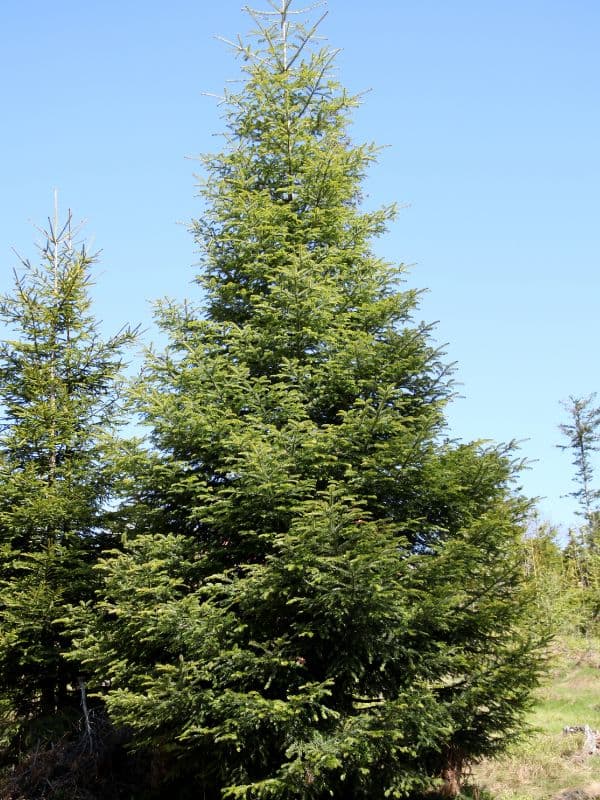
Abies alba is a large evergreen coniferous tree growing to 40–50 m (130–160 ft) tall and with a trunk diameter up to 1.5 m (4 ft 11 in). The largest measured tree was 60 m (200 ft) tall and had a trunk diameter of 3.8 m (12 ft). It occurs at altitudes of 300–1,700 m (980–5,580 ft) (mainly over 500 m (1,600 ft)), on mountains with rainfall over 1,000 millimetres (39 in) per year.
The leaves are needle-like, flattened, 1.8–3.0 cm (0.71–1.18 in) long and 2.0 mm (0.079 in) wide by 0.5 mm (0.020 in) thick, glossy dark green above, and with two greenish-white bands of stomata below. The leaf is usually slightly notched at the tip. The cones are 9–17 cm (3.5–6.7 in) long and 3–4 cm (1.2–1.6 in) broad, with about 150-200 scales, each scale with an exerted bract and two winged seeds; they disintegrate when mature to release the seeds. The wood is white, leading to the species name alba.
When cultivated on Christmas Tree plantations, the tree naturally forms a symmetrical triangle shape. The trees are full and dense with the smell of resin, and are known to be one of the longest lasting after being cut. In the forest the evergreen tends to form stands with other firs and beeches.
It is closely related to Bulgarian fir (Abies borisiiregis) further to the southeast in the Balkan Peninsula, Spanish fir (Abies pinsapo) of Spain and Morocco and Sicilian fir (Abies nebrodensis) in Sicily, differing from these and other related Euro-Mediterranean firs in the sparser foliage, with the leaves spread either side of the shoot, leaving the shoot readily visible from above. Some botanists treat Bulgarian fir and Sicilian fir as varieties of silver fir, as A. alba var. acutifolia and A. alba var. nebrodensis, respectively.
Silver fir is an important component species in the dinaric calcareous block fir forest in the western Balkan Peninsula.

In Italy, the silver fir is an important component of the mixed broadleaved-coniferous forest of the Apennine Mountains, especially in northern Apennine. The fir prefer a cold and humid climate, in northern exposition, with a high rainfall (over 1500 mm per year). In the oriental Alps of Italy, silver firs grow in mixed forests with Norway spruce, beech, and other trees.
Its cone scales are eaten by the caterpillars of the tortrix moth Cydia illutana, while C. duplicana feeds on the bark around injuries or canker.
II. How to Grow and Care
Sunlight
Silver fir thrives best in full sun conditions where it receives direct sunlight for most of the day. This exposure enhances its growth and overall health, promoting a dense, conical shape. Although silver fir can tolerate partial sun, deviations from optimal light levels may result in reduced vigor and sparser foliage.
While it displays some flexibility to light conditions, prolonged shade can detrimentally impact its development. Silver fir has no significant leaf adjustments or color changes in response to light exposure. Recommended planting positions for silver fir are outdoors in locations with unobstructed access to sunlight, avoiding overly shaded areas.
Temperature
Native to North and Central America, Europe and Asia, the silver fir prefers summer temperatures to be between 18 ℃ and 21 ℃. If temperatures rise and stay above 27 ℃ for too long, the tree will suffer. Conversely, if the temperature drops below -20 ℃ for an extended period in the winter, the tree may struggle to survive. The silver fir is best suited to mountain regions where it mostly grows in the wild, meaning that it can be a challenging tree to keep healthy in the Southern Hemisphere, unless it is at a high elevation.
Watering
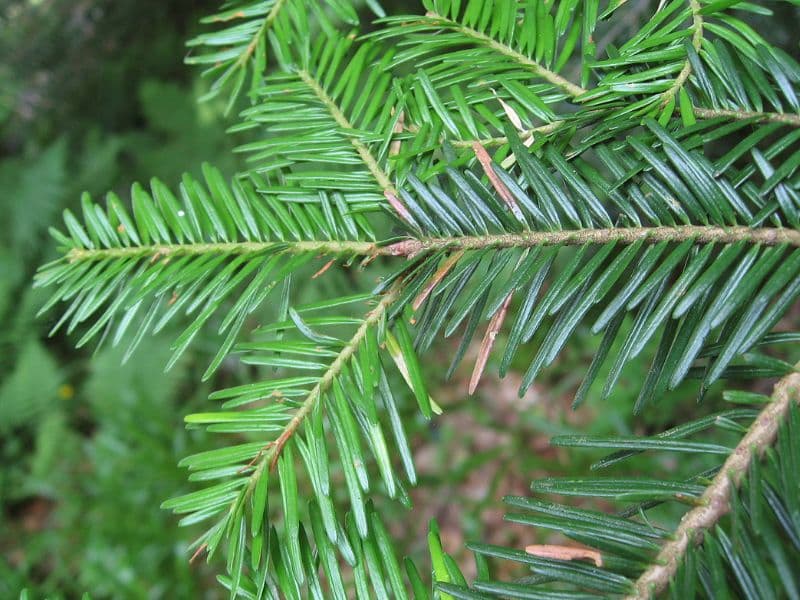
Originating from the mountainous regions of Europe, silver fir is accustomed to a moderately moist environment and demonstrates a preference for consistent moisture without waterlogging. It thrives with watering once every 1-2 weeks, ensuring the soil remains evenly damp but not saturated.
Silver fir exhibits resilience against brief dry spells but flourishes when humidity levels mimic its native habitat. Typically grown outdoors due to its size and nature as an evergreen tree, silver fir’s ability to retain foliage year-round contributes to its minimal water loss through transpiration compared to deciduous counterparts.
Soil
The optimum soil for your silver fir would be a sand or loam soil that is well-draining, with a pH value of 6-6.5 (so slightly acidic). While the soil should stay moist and not dry out for long periods, try to avoid clay soil – this compacts easily and does not drain well, resulting in your silver fir becoming waterlogged.
Fertilizing
For the robust growth of silver fir, a balanced fertilizer is crucial, ideally a slow-release type applied in early spring. This annual feed supports vigorous growth and organ development. The precise quantity is guided by the size and age of silver fir, with younger trees requiring less.
As silver fir matures, adjust quantities to accommodate increased nutritional needs. Over-fertilization risks damaging root systems, so adhere meticulously to product directions. Seasonal changes influence silver fir’s fertilization; during dormant winter phases, abstain altogether. Utilize a methodical approach, ensuring even distribution and integration into the soil, avoiding direct contact with the trunk to prevent harm.
Pruning
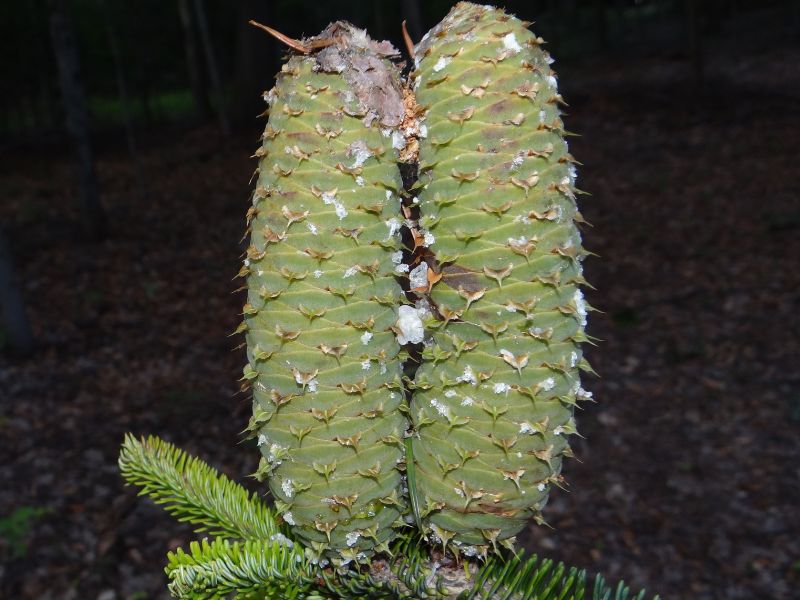
The silver fir is a very low maintenance tree and requires little pruning. Other than for aesthetic purposes, the primary need for pruning is to remove dead, damaged, or diseased branches. The best time to prune is in late winter or early spring, just as the tree comes out of its dormant state – this can encourage new growth.
When pruning, focus on removing branches that are growing at a strange angle and rubbing against other branches, as this friction can become an entry point for disease. This is best done in a period of dry weather, but if this isn’t going to be possible for a while, it is best to deal with the problem a little sooner, regardless of the weather. Once you have removed problem branches, burn them instead of placing in a compost bin, as this can spread potential diseases.
Propagation
The easiest and most common way of propagating the silver fir is with cuttings, either from softwood or hardwood. Take softwood cuttings in late spring and hardwood cuttings in late fall when the tree has entered dormancy. Though softwood cuttings do tend to root quicker than hardwood (3-4 weeks instead of 4-6 months), they are more tender and will need a lot more monitoring to ensure they do not dry out.
Transplanting
Transplanting silver fir thrives in the late fall-early winter (S10-S12), as the cooler temperatures allow for gradual root acclimatization. Choose a well-drained, shady location for successful transplanting. Always keep the soil slightly moist, but avoid overwatering to prevent root decay.
III. Uses and Benefits

In Roman times the wood was used to make wooden casks to store and transport wine and other substances.
A resinous essential oil can be extracted. This pine-scented oil is used in perfumes, bath products, and aerosol inhalants. Its branches (including the leaves, bark and wood) were used for production of spruce beer.
Silver fir is the species first used as a Christmas tree, but has been largely replaced by Nordmann fir (which has denser, more attractive foliage), Norway spruce (which is much cheaper to grow), and other species.
The wood is strong, lightweight, light-colored, fine grained, even-textured and long fibered. The timber is mainly used as construction wood, furniture, plywood, pulpwood and paper manufacture.
The honeydew which is produced by aphids sitting on the silver fir is collected by honey bees. The resulting honey is marketed as “fir honey”.
Find Where to Buy the Best European Silver Fir (Abies alba)





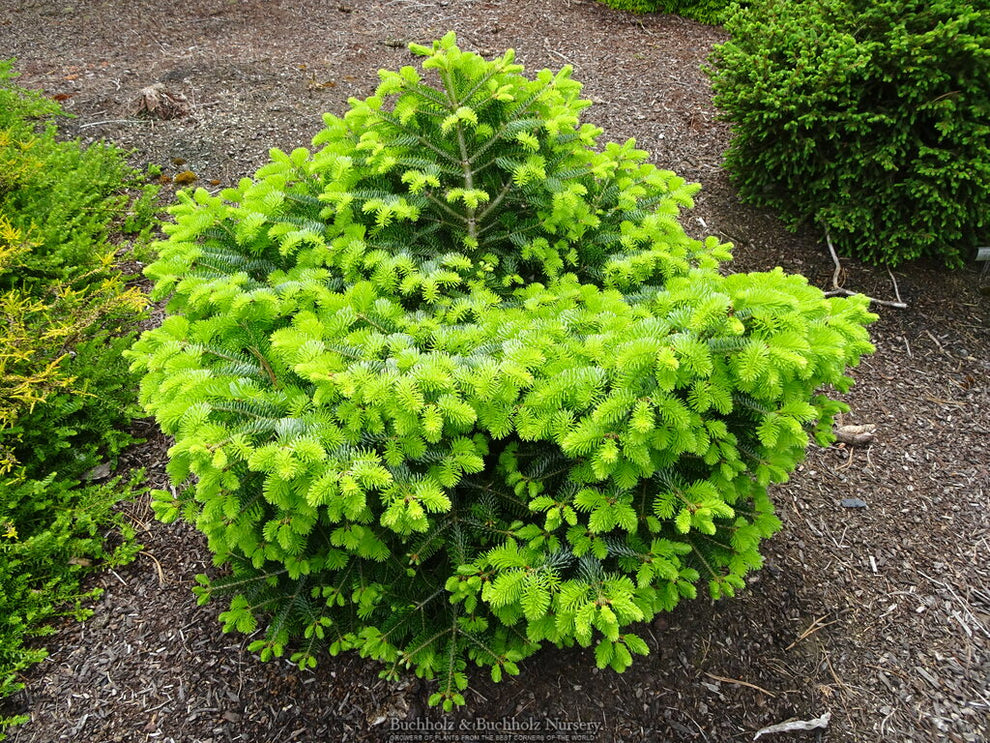


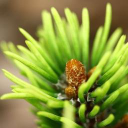
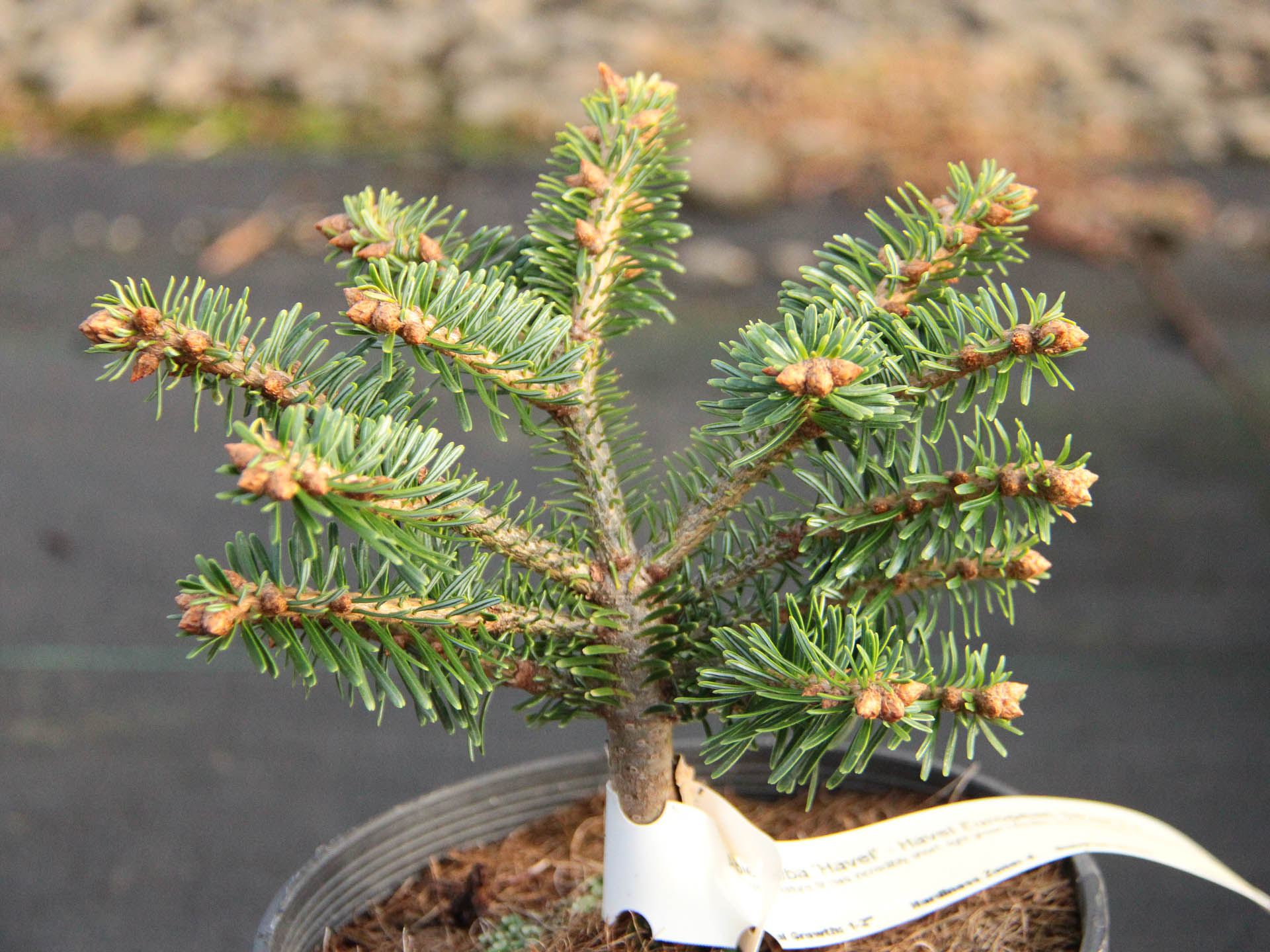

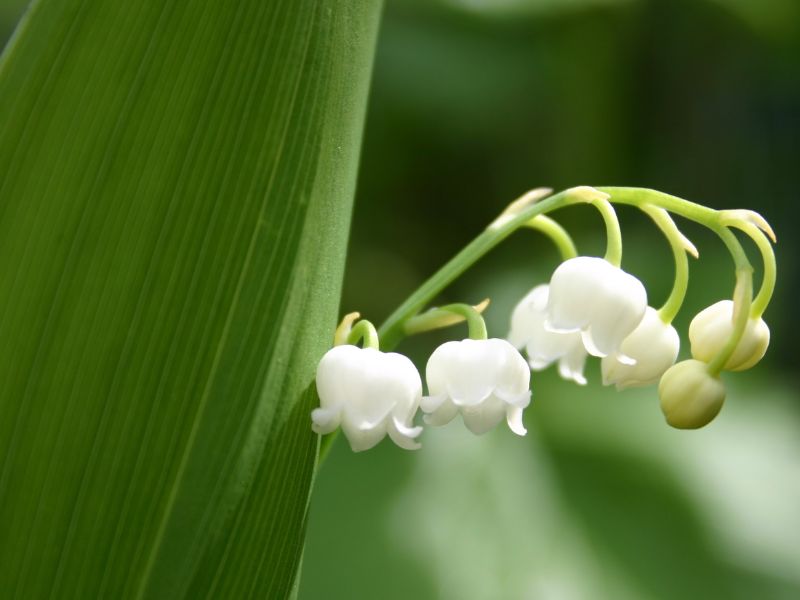
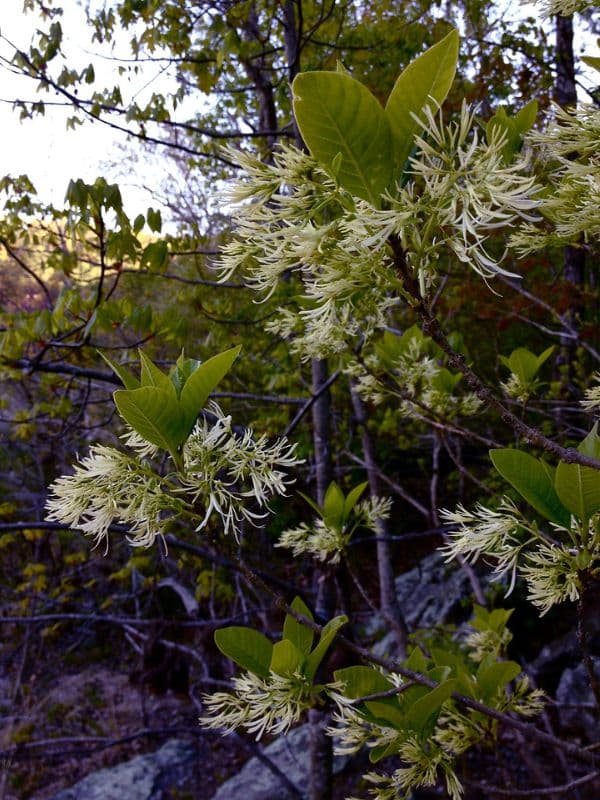
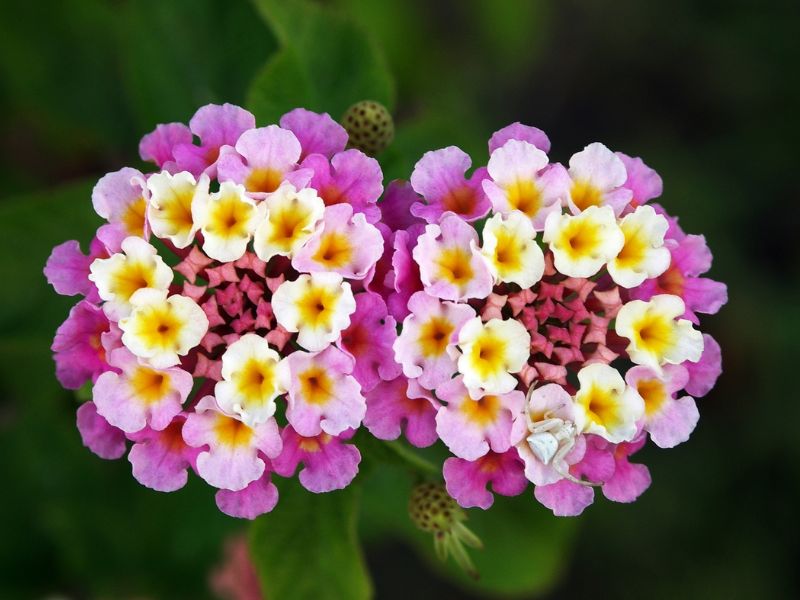
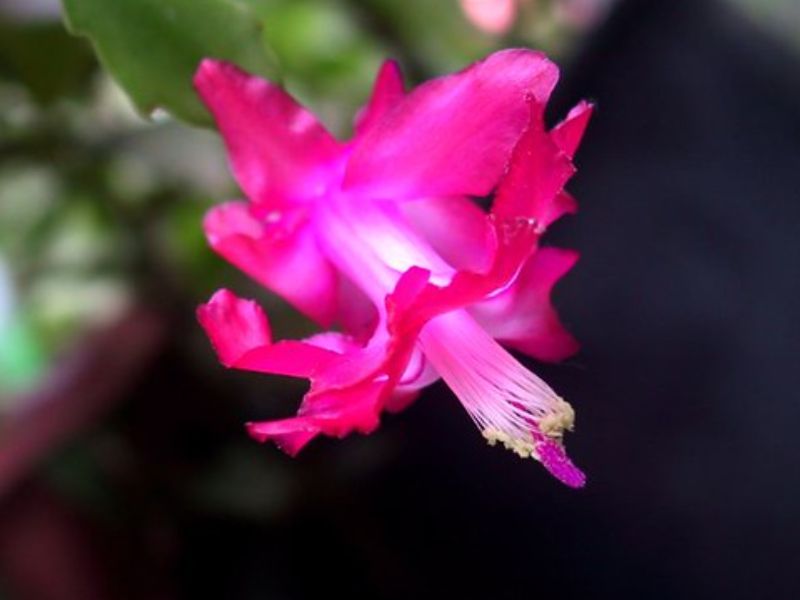
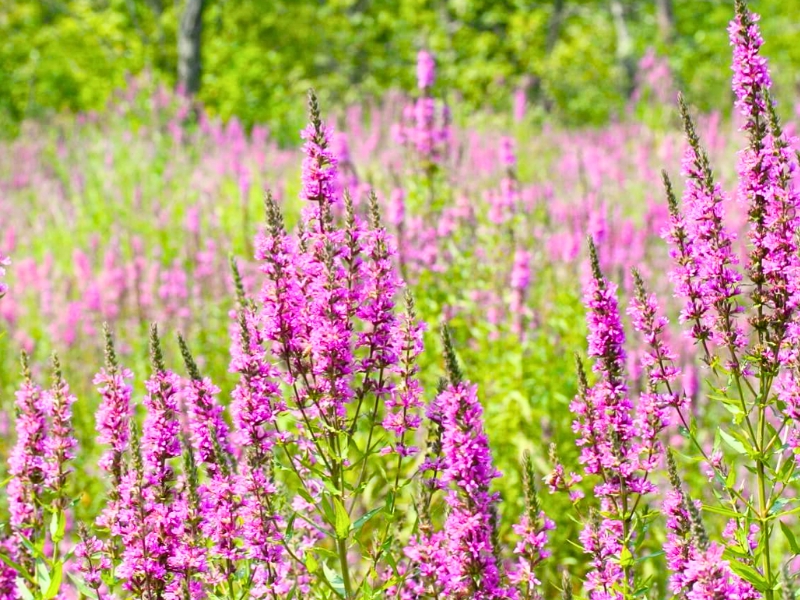
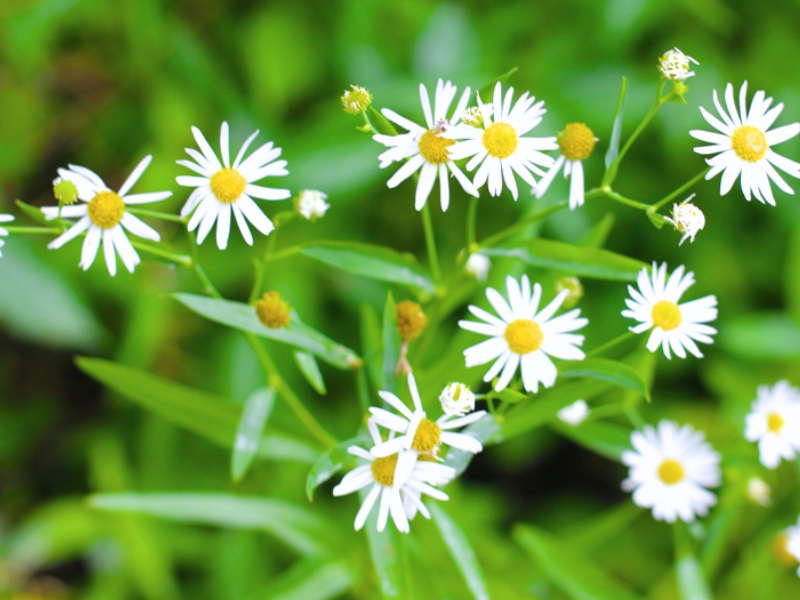
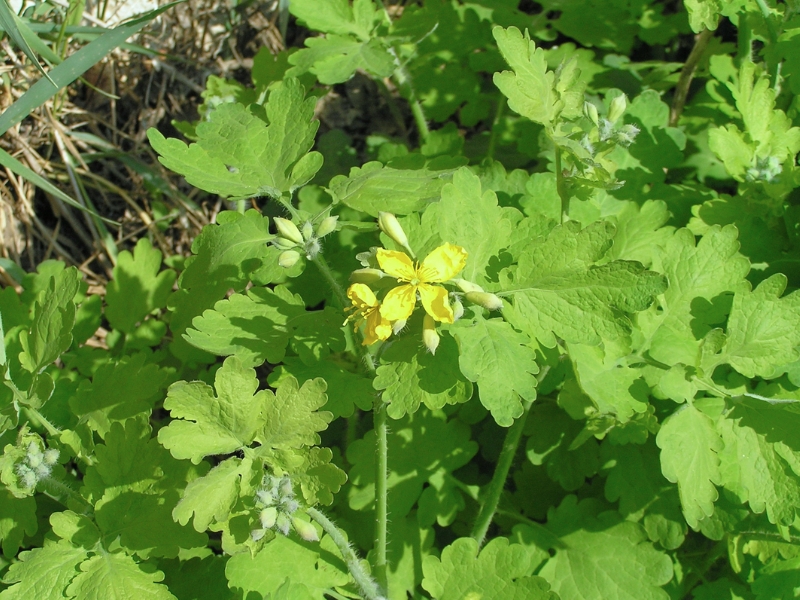
Leave a Reply